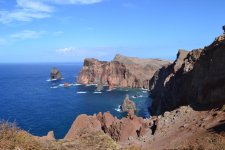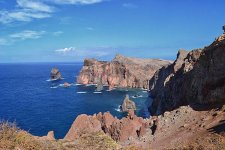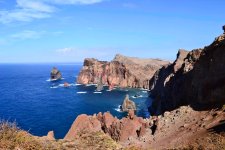I've never shot anything in RAW.. I've never felt confident enough with my post-processing skills/nor do I really understand it :/ This might come off as a completely silly question, but is it hard to do all that?

No, good results are easier (but is slightly more work). Raw is a philosophy, and it does require some understanding and some getting used to it. And the willingness to do it, and then the appreciation of the difference.

We make various settings in the camera OTHER THAN exposure... Like white balance, contrast, vivid or standard, etc. The camera performs those settings (that we probably made the month before), and outputs a JPG. But often, the results are not just right however. Not just right for this current scene in front of us.
But Raw files do NOT contain any of those camera settings. Camera settings are ignored (other than exposure). So they are not OK as output (the camera settings do affect the preview shown on the camera rear LCD, and the histogram, but do not affect the Raw file data).
But the great beauty of Raw is that we can make those setting adjustments, AFTER we can see the image, and KNOW what it needs, and what will help it. We see and KNOW what we are doing. The camera settings were probably not right anyway. We can also adjust exposure result (brightness) over a much larger range than JPG files allow. In some cases (of multiple images in the same lighting situation), we can make ONE adjustment that applies to ALL files, so it can be real fast. But individual images do require individual attention. The pleasure is in getting it right, so easily (we can see it).
The other great beauty is that we have Raw tools, designed expressly for the camera images. Tools like White Balance and Exposure, simply sliders for the specific job. Photo editor tools are rather poor in that regard. so this is NOT at all the same job as editing a photo editor. It's easy, and the good final results become the thrill of the hobby.
You're invited to view
Why shoot Raw?
There is a video near page top. If too short on minutes, at least start at minute 7:40.





